Long out of bounds for travellers, because of the war, the city of Jaffna, and its peninsula, is now safe for travel and there's even a new railway line.
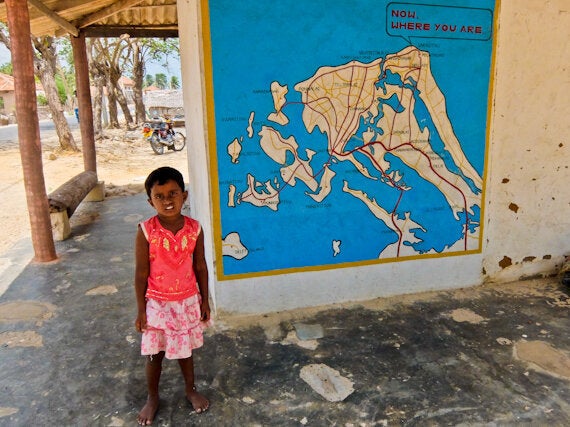
I've been to Sri Lanka a couple of times, but never been able to get to the North and Jaffna, in particular. During the war it was home to fierce fighting between the Tamil Tigers and the Sri Lankan military but it's now very much open for business. I'm on the intercity express from Colombo, a 6 hour journey, and the line has just been opened all the way to Jaffna. As I move northwards, I can see evidence of new track and the rebuilt stations are still being painted. Even the level crossings have now been automated, and the most of the rolling stock is new.
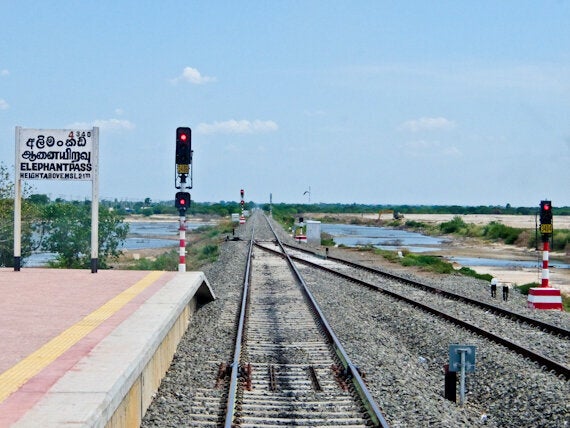
Jaffna
When I get off the train, I'm surprised by how easy going everybody is. Nobody is trying to hustle me to use their Tuk Tuk, or sell me anything, and they kindly give me walking directions to my hotel. It's a sign that tourists are still a relative novelty and most Westerners here are NGO's involved in reconstruction and reconciliation. The large hotel chains have not moved in either so I'm in the Jaffna Heritage, a boutique hotel with beautiful teak floors, almost brand new.

It's right next to the Nallur Hindu temple but I'm more interested in the secular. At the side of the Jaffna lagoon, guarding the town is the huge Dutch fort, the 2nd largest in the country. It was used by both sides during the war and was heavily damaged. The 18th century Dutch Kruys church was completely destroyed and still lies in pieces on the ground. The military held sway for many years and it was out of bounds to the general public. They've now left and funds from the Netherlands and the Sri Lankan government are being used for major reconstruction work. You can almost walk the complete ramparts, with stunning views of the lagoon and the centre of town.
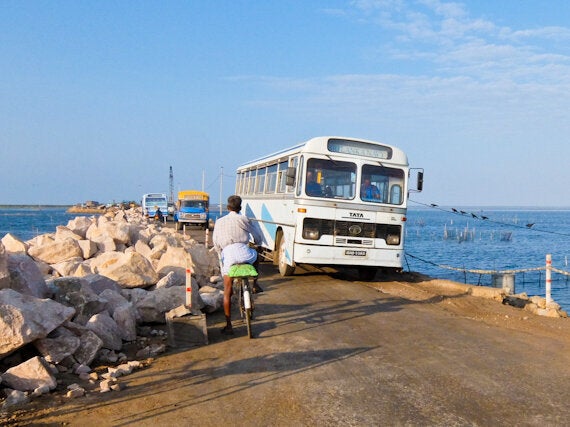
Point Pedro
Next day I set off with my Tamil guide, Pathy, to explore the countryside north of Jaffna, up to Point Pedro, only 30kms from India. The roads are new here and the area was hit badly by the Tsunami in 2004. Wooden crosses stick out of the sand, marking the graves of the 200 who died in the fishing village of Manalkadu. Hidden in the sand dunes are the remains of St Anthony's church, long abandoned, but fishermen still ply their trade on the shore.
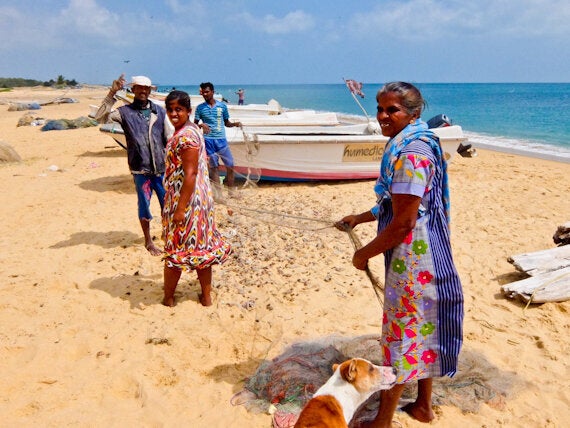
It's not just natural disasters that have affected this area, war has also taken its toll. Abandoned houses litter the road to Point Pedro, and further on is a massive security area containing the airport and the port, still controlled by the army. Spiritual life is buoyant, however, and many Hindu temples are being reconstructed or extended. I visit the Vishnu temple of Vallipuram Kovil, one of the oldest in the area, which attracts pilgrims from all over the peninsula.
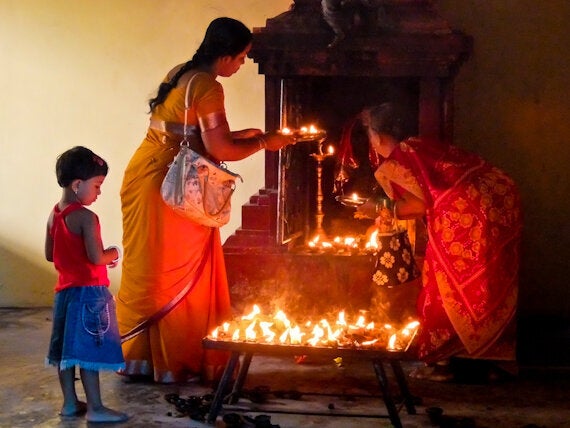
Even better, Selva Sanniti Murukan Temple at Thondaimanaru provides me with a pilgrim's lunch. I sit cross-legged on the floor, along with the others, and my banana leaf is filled with banana flower curry, dhal, long beans, manioc and heaps of red rice. As my guide tells me, food always tastes better when it's been prepared with love, and, since it's so delicious, I can't disagree.
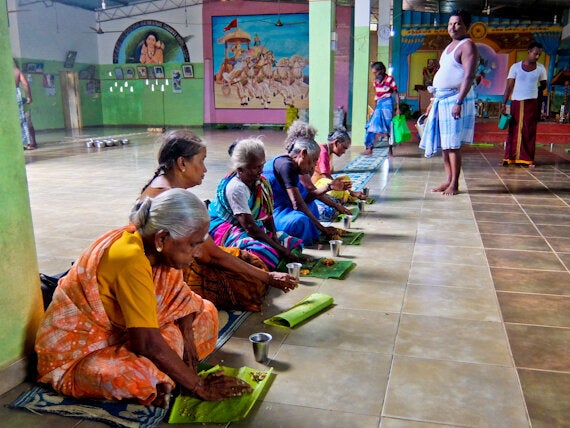
Other pilgrim sites of interest are the Nilavarai bottomless well, which has water all year round and feeds the Keerimali holy ponds adjacent to the Naguleaswaran temple. The ponds are segregated into male and female and it's believed that the waters are good for various skin diseases and can help to cure impotence. It could be interesting but I prefer to take my cooling swim at Casuarina Beach, on the nearby island of Karativu, just across the causeway.
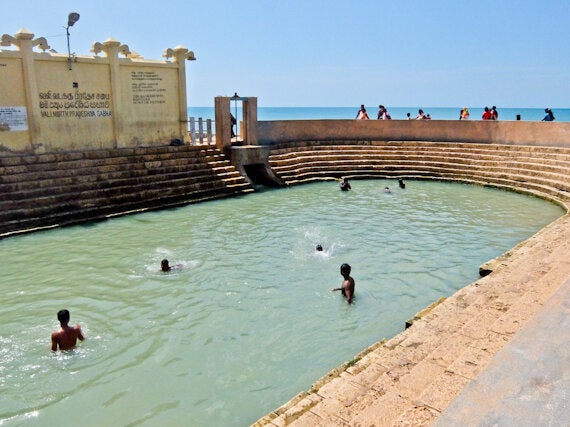
Delft
Next day, I'm up early as we have to catch the ferry to Delft, the most Westerly island. Long causeways, with shrimp fishermen wading in the shallow waters, take us first to the island of Kayts and then to Pungudutivu, where we arrive at Kurikadduwan jetty to find a huge queue. Fortunately some are going across for pilgrimage to Nainathivu, which is sacred to both Hindus and Buddhists, but most are getting in our boat. There's a sign that says life jackets are obligatory, but the few there are being used as shade from the piercing sun.
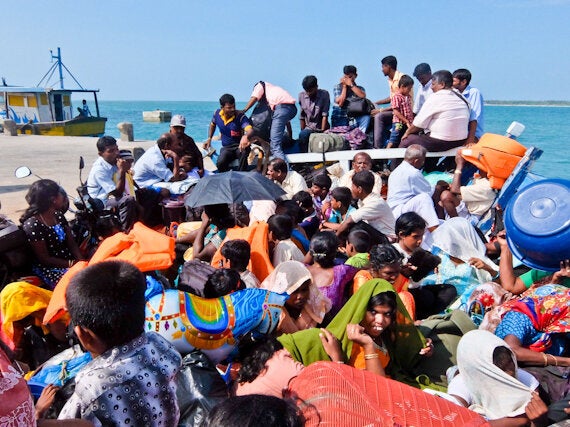
It takes just over an hour to reach the island, first occupied by the Portuguese and then by the Dutch who gave it its name. No cars are allowed here and you have to make your way round by Tuk Tuk. There's a standard circuit that takes you to the ruined Dutch fort, made from bits of broken coral, a Portuguese dovecote and stables belonging to an Irishman, Lieutenant Edward Nolan, who ran this as his own kingdom, before he was found out. Wild ponies, brought here in colonial times, run free and they're easily spotted. It's hot and windswept so I aim for the pristine beach and take a dip in the Indian Ocean. This is an obvious spot for hotel development, something sure to happen in the future yet, for now, I have it all to myself.
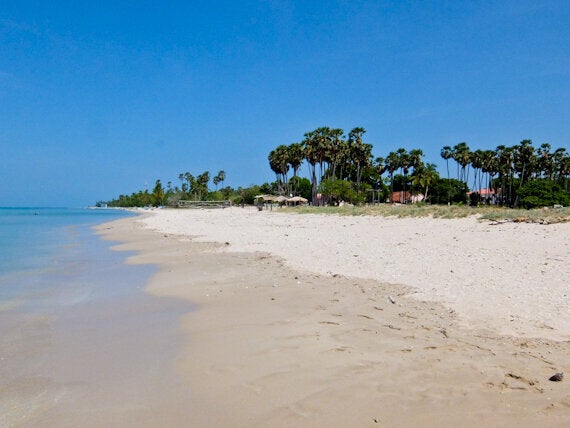
Experience Travel Group (+44 (0) 207 924 7133) arrange bespoke holidays in Sri Lanka, including the north and east. For example, a 2 week private holiday costs £1639 per person, based on 2 travelling, to Jaffna, Trincomalee and Passikudah, and including private chauffeur guide, hotels and Experience Travel Group's exclusive Jaffna guide. Their website has a sample itinerary.
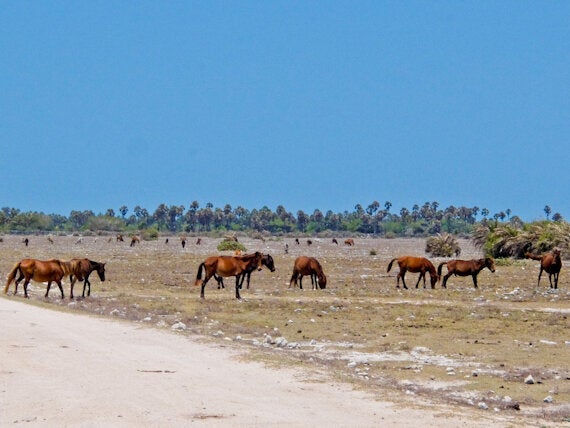
FITS Margosa is a restful boutique hotel, in a restored 19th century colonial house, 10kms outside Jaffna, and has amazing food. It's a good base for visiting the Point Pedro area.
The Jaffna Heritage Hotel is close to the Nallur Temple and handy for visiting the city. Their Sri Lankan breakfasts are excellent.
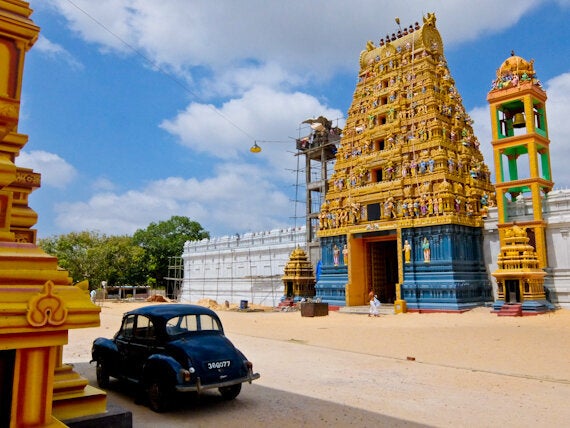
SriLankan Airlines flies daily direct from Heathrow to Colombo.
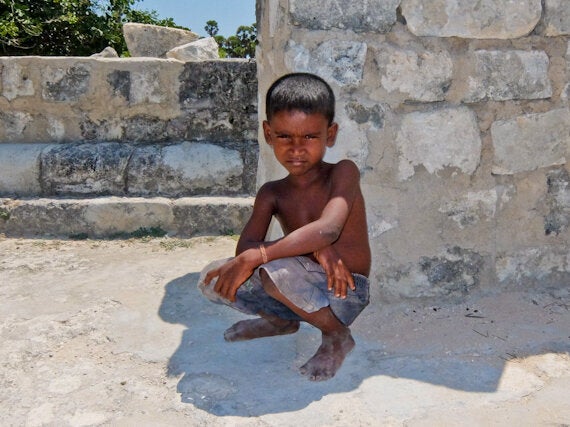
All pictures copyright Rupert Parker.